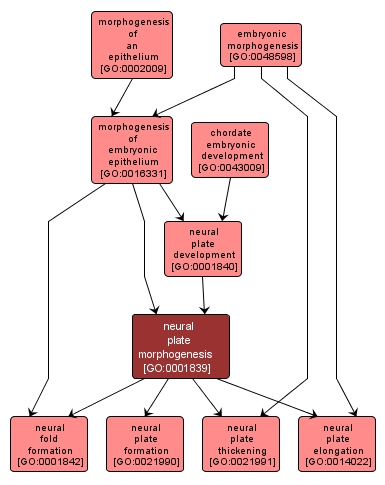| Desc: |
The process by which the anatomical structures of the neural plate are generated and organized. Morphogenesis pertains to the creation of form. The neural plate is a specialized region of columnar epithelial cells in the dorsal ectoderm that will give rise to nervous system tissue. |














